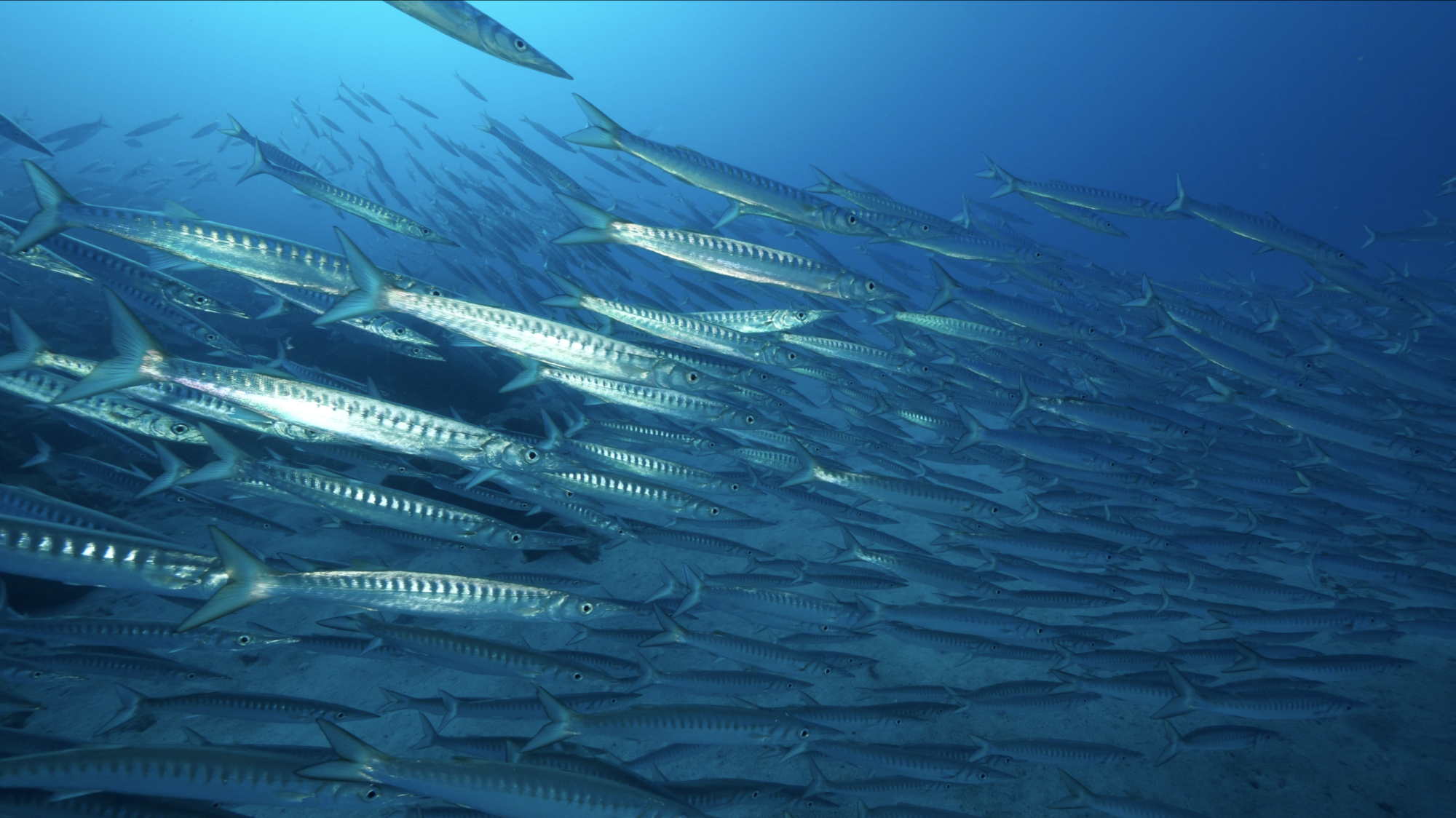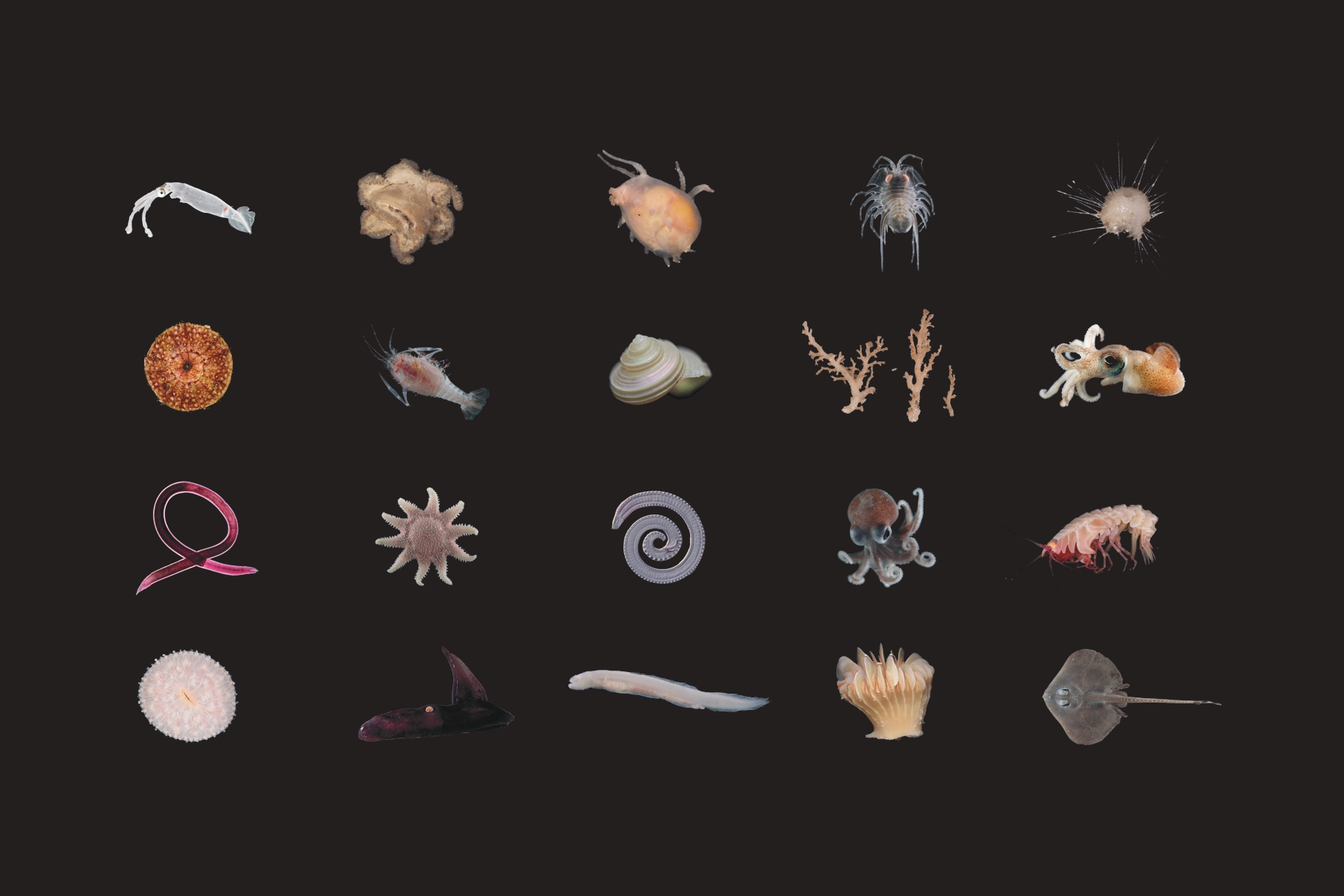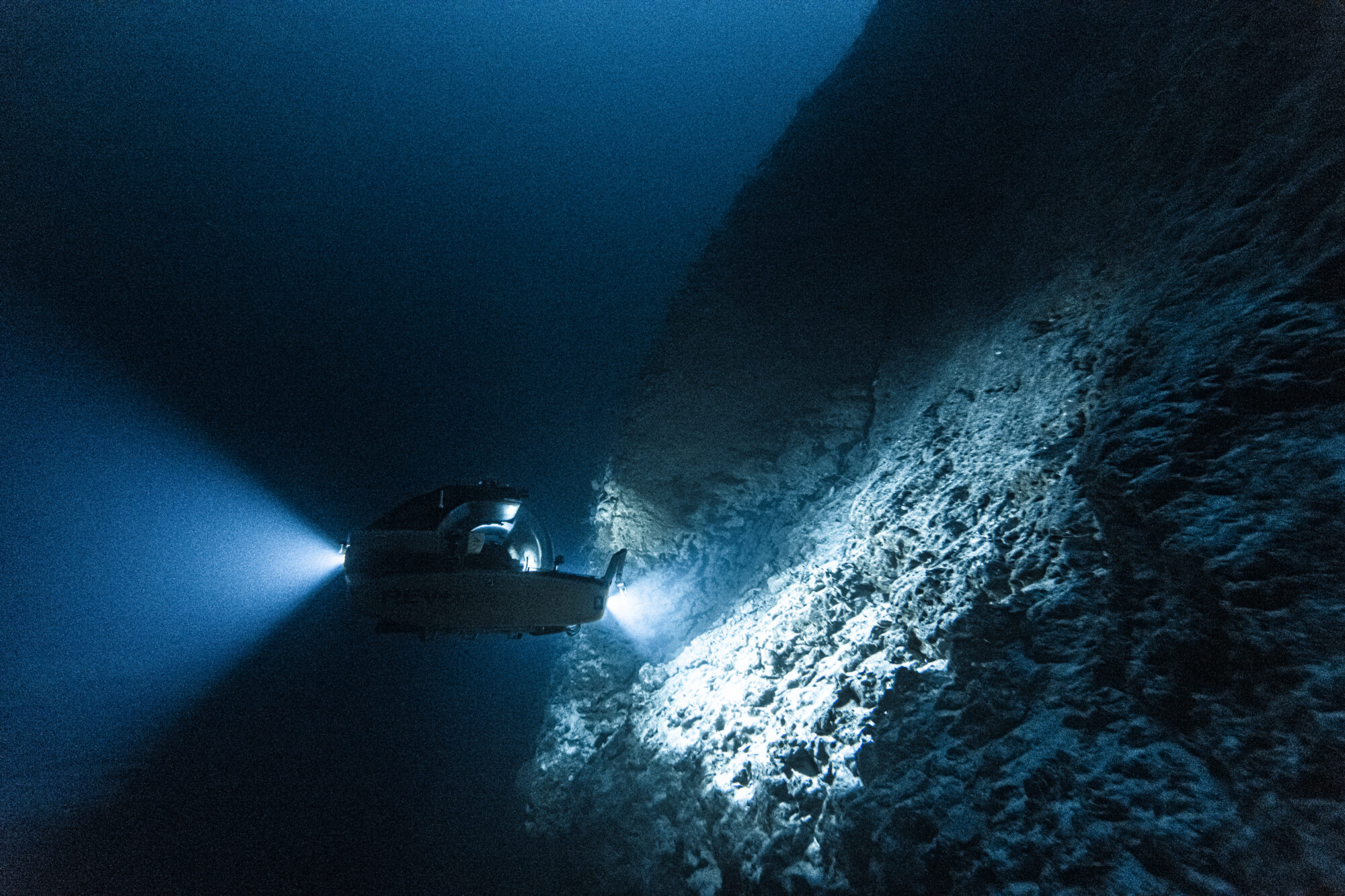

On 27 April, Nekton, together with The Nippon Foundation, the largest non-profit foundation in Japan that focuses on philanthropy through social innovation, launched the largest programme in history to discover life in our ocean. Ocean Census is a global alliance that aims to accelerate discovery and protection of ocean life. The ambitious goal is to find 100,000 new marine species in the first decade.

Scientists believe little more than 10% of what lives in our ocean has been found and there are around two million species still undiscovered. Ocean Census brings together partners from around the world with a sense of urgency because without a significant change in how organisations work together to discover what ‘lies beneath’, it will be impossible to protect the ocean, which is responsible for much of the air we breathe, regulating our climate, as well as being a vital food source for billions.
Ocean Census is an open network of science, business, media and civil society organisations, all pulling together to: undertake expeditions in biodiversity hotspots and little-explored regions; discover new species; inspire the public and decision-makers to take sustained action to protect ocean life; ensure open access and equitable use of data for the common good; and to build an inclusive network of taxonomists and biodiversity experts, particularly in low and middle income countries.
Scientists believe little more than 10% of what lives in our ocean has been found
Species discovered on expeditions will be sent for high resolution imaging and DNA sequencing in a network of Ocean Census Biodiversity Centres to be established in high, middle, and low-income nations around the world. The first of these will be at the Oxford University Museum of Natural History. Networks of taxonomists will connect virtually to draw on what Professor Alex Rogers and his team call ‘Digital Life Forms’ to complete species descriptions.
The aggregated, open-sourced data will be added to a network of data centres globally and made freely accessible to scientists, decision makers, and the public.
Species discovered on expeditions will be sent for high resolution imaging and DNA sequencing

Ocean Census builds on major programmes of the past, including The Challenger Expeditions (1872-1876, the birth of modern marine science) and The Census of Marine Life (2000-2010). The average annual number of new species found and scientifically described – a process known as taxonomy – has remained around the 2000 mark each year since the early 1800s.

Over the coming years, scientists from around the world will embark on dozens of expeditions to biodiversity hotspots to find new life from the surface to full ocean depth. Combining vessels from the philanthropic, government and commercial fleets, they will be deploying a combination of advanced subsea technologies with divers, submarines and deep-sea robots.
“The beauty and diversity of marine life in the Ocean is still beyond human comprehension, but as we explore and uncover what lies beneath the sea surface, we are constantly awed and delighted by new lifeforms,” shared Dr Jyotika Virmani, Executive Director of Schmidt Ocean Institute, one of the leading partners of Ocean Census.

Ocean Census is particularly timely. The 2022 Montreal Biodiversity Conference made the decision to protect 30% of our planet for conservation of life by 2030. Implementation of this ambitious policy in the ocean will be able to take the information provided by Ocean Census to ensure that protected areas are optimally positioned to protect biodiversity. The UN Biodiversity Beyond National Jurisdiction treaty agreed in March 2023 means there is now a legal framework to establish such protected areas in the high seas.
Lack of progress on prevention of global warming detailed in the IPCC 2023 Climate Report emphasises the urgency of action to understand the ocean and its potential responses to climate change as well as the potential to mitigate emissions and adaptation through nature-based solutions.